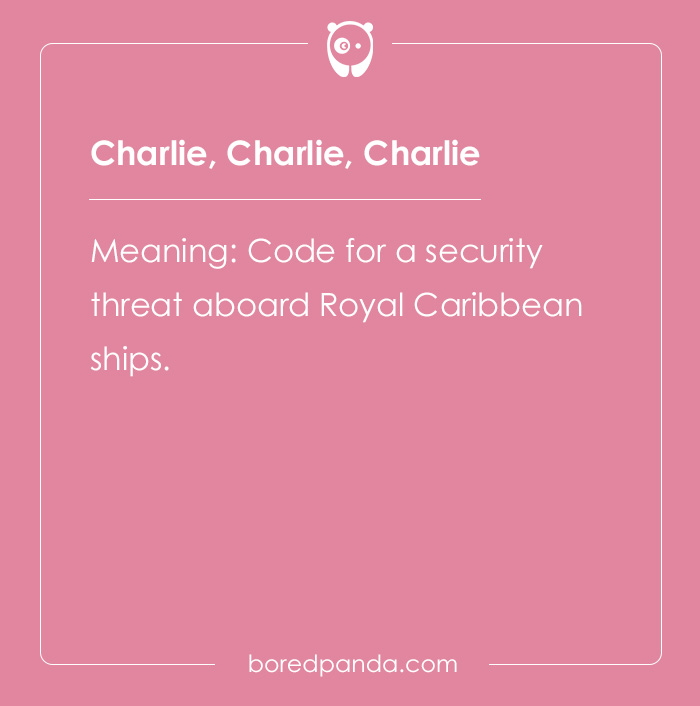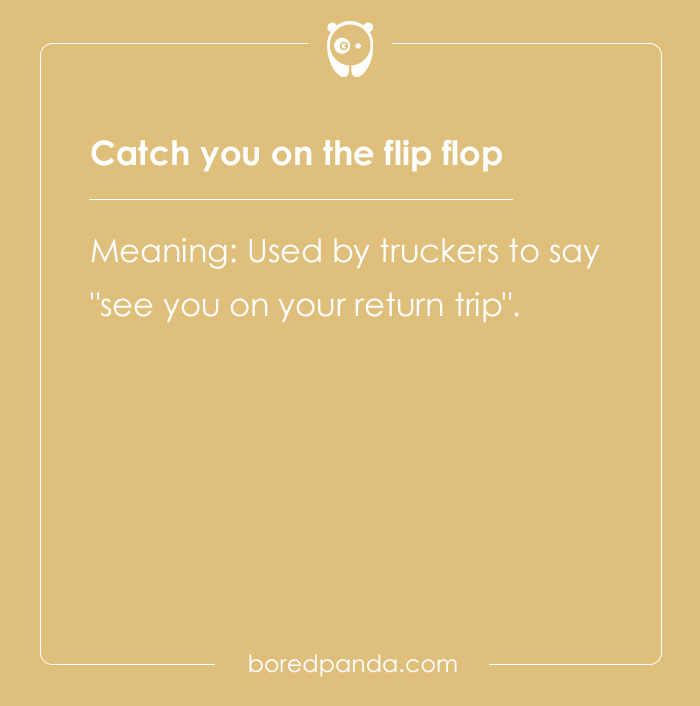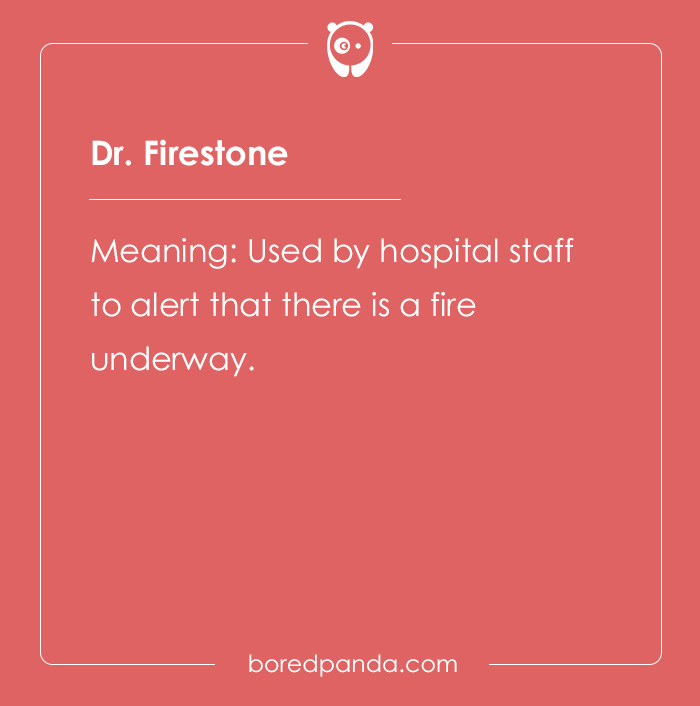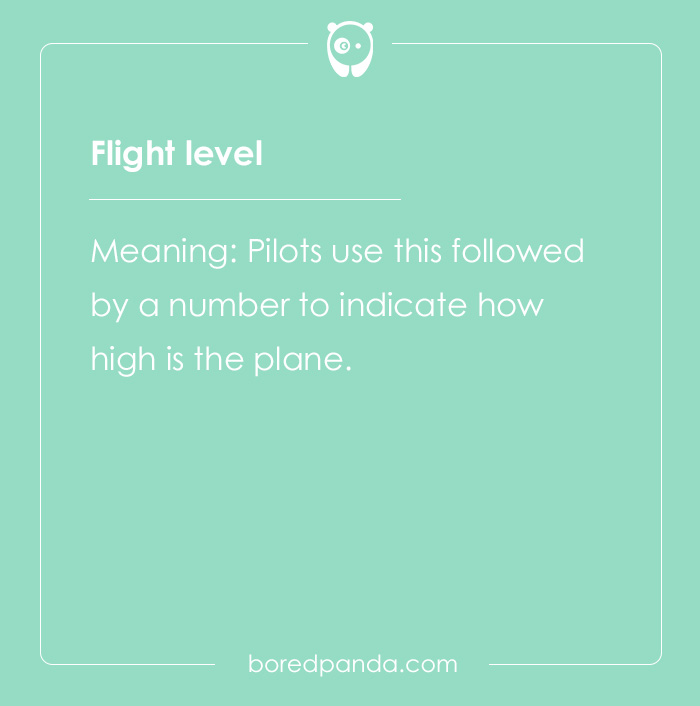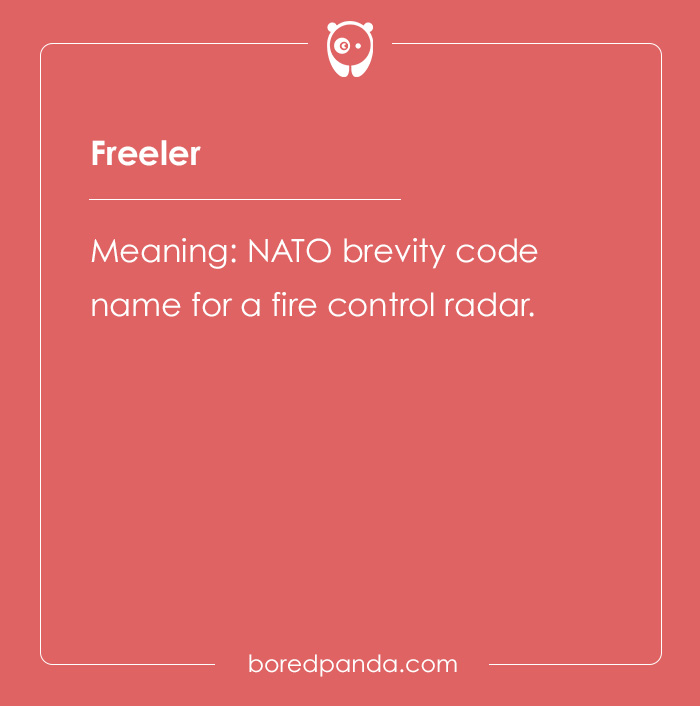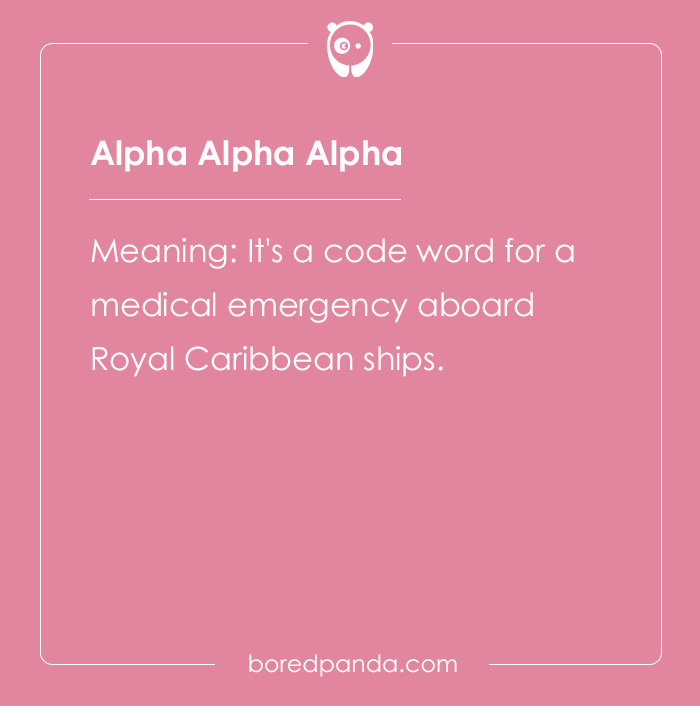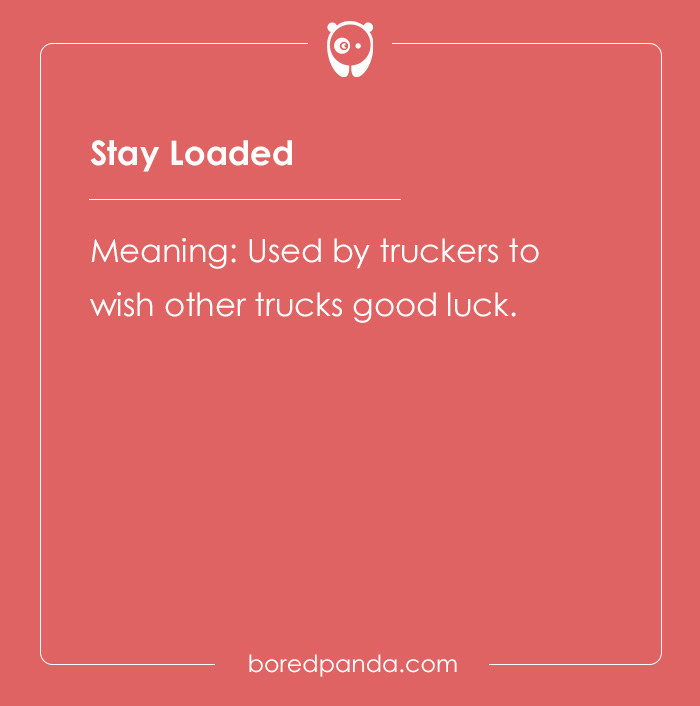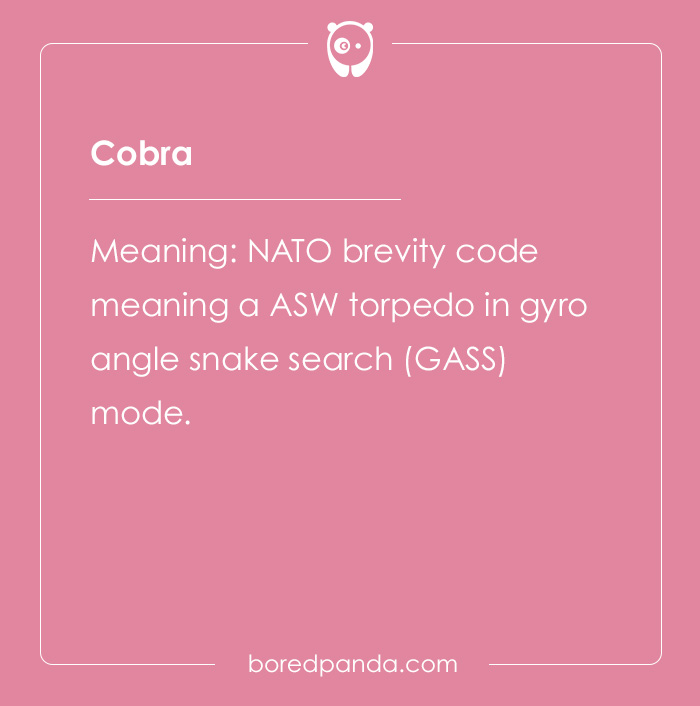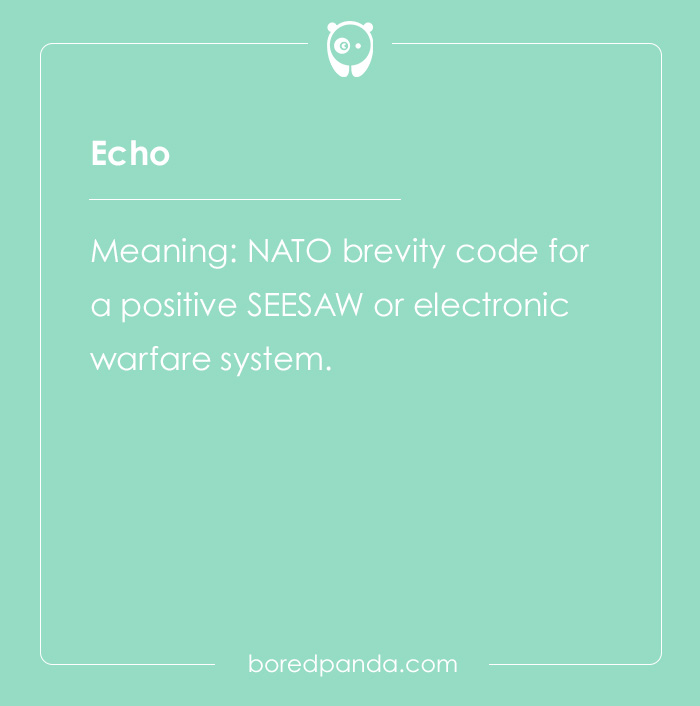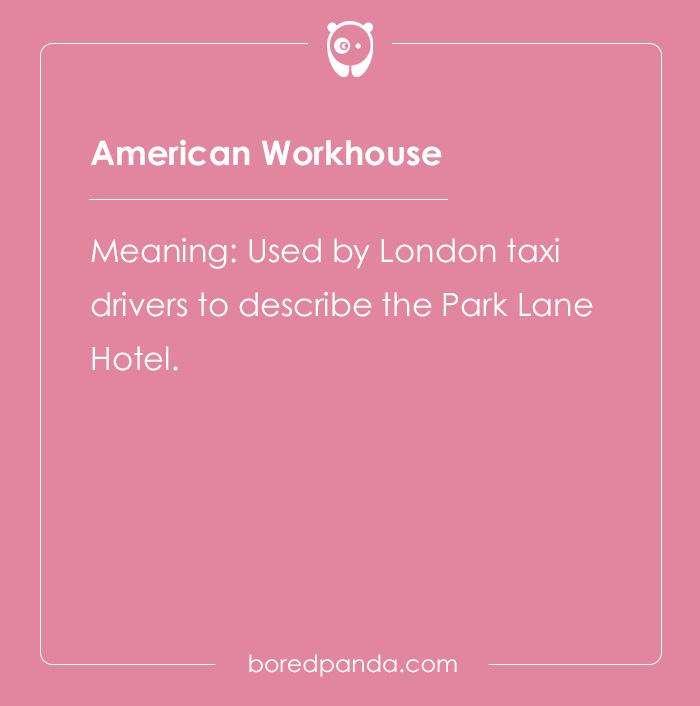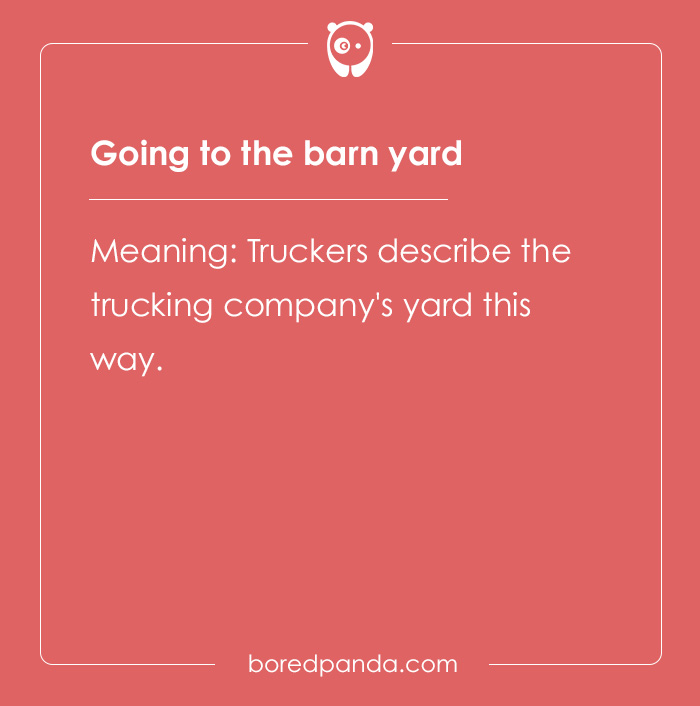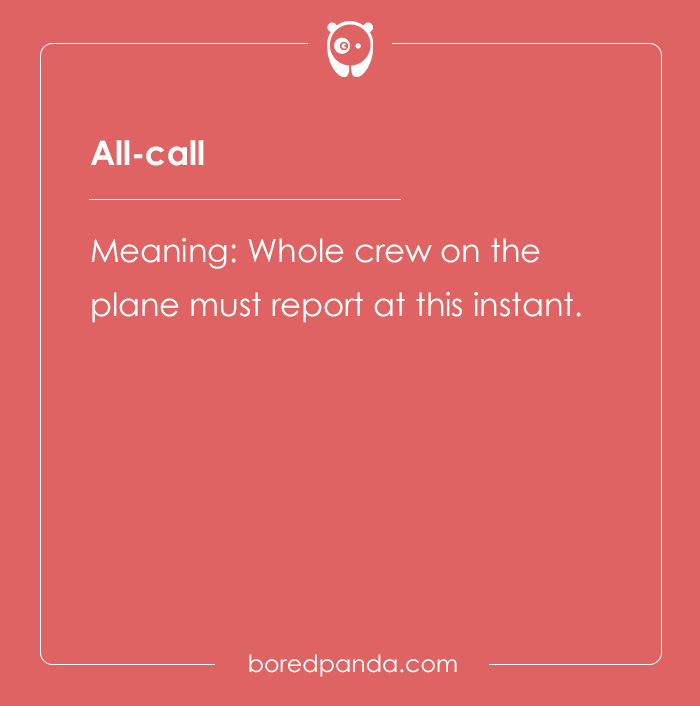It is very likely that as a kid you invented a code language, one you could use to speak with your siblings without your parents being able to understand and to exchange secrets with your classmates and make sure that even if a teacher was around, you wouldn’t get caught. Remember the excitement of creating your own codewords and using them left, right, and center just because you could, and how it felt like you were spies deep undercover?
Well, you were not that far from the truth. Not only spies, but people of all professions and occupations have been using a secret code of some kind that was only understandable to those who were part of the circle for a very long time in history. And of course, there were many secret societies and organizations that would use a secret code language for their safety and the safety of their plans.
Today this tradition continues for many professionals whose daily work is in some way connected with emergency situations. In doing so, they pursue two goals. Number one, during an emergency, it is always easier to use short and concise messages instead of trying to anxiously explain the situation. And number two, imagine yourself as a visitor or a patient in a hospital, and all of a sudden people start running around, waving their hands, and screaming “Fire!” Your reaction? Yeah, even if you don’t faint, you’ll probably start panicking, getting in everyone’s way, and making things worse. To avoid this, professionals use a special code word that, while meaning virtually nothing to you, tells them exactly what’s happening and what actions should be taken. People like doctors, policemen, firefighters, and others have a whole list of code words for danger that they use when they don’t want to alert the public.
But codes are not only used for emergencies. Sometimes they just make communication easier and more understandable. For example, when pilots need to spell something over the radio when they are in the air, they use special alphabet code names. This way, they make sure there is no mistake just because someone misheard a letter.
Some code words have become common public knowledge through movies and TV shows. We collected a list of similar words for this article and added their explanations. How many did you recognize? Do you know any other code words? Share them with us in the comments.
This post may include affiliate links.
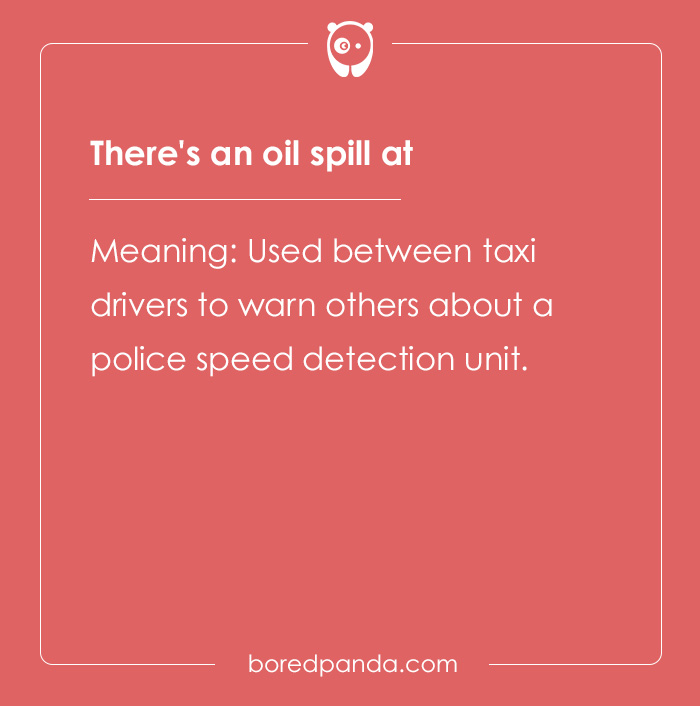 "There's an oil spill at..." or "Cardboard boxes lying on the ground."
"There's an oil spill at..." or "Cardboard boxes lying on the ground."
Used between taxi drivers to warn others about a police speed detection unit.
10-33.
Used by police, meaning "Emergency, All Units Stand By" to clear the chatter and make the communication between officers easier, faster and clearer.
Code Bravo.
It's used by many cruise ship lines to alert the crew about a fire or other serious emergency onboard, without alarming the passengers.
Code Oscar.
It is used when there is a man gone overboard
Code Silver.
It is used by hospital to alert about a violent threat, hostage situation or other scenario that would require a lockdown.
Around here it is a "Code Purple" Most used when a "gang member shooting victim is brought in. The lockdown is to prevent someone entering to "finish the job"
Pan-Pan.
It's the international standard urgency signal to indicate that someone on a boat, a plane, an aircraft or in any other vehicle is having a situation that is urgent.
Inspector Sands.
Used by public transport authorities in the United Kingdom, it's to alert staff to a fire alarm without evacuating the station.
Parodied in The Museum of Everything - "Could Inspector Bomb please go to the first class lounge? Inspector Bomb to the first class lounge, quickly please. And bring a fire extinguisher."
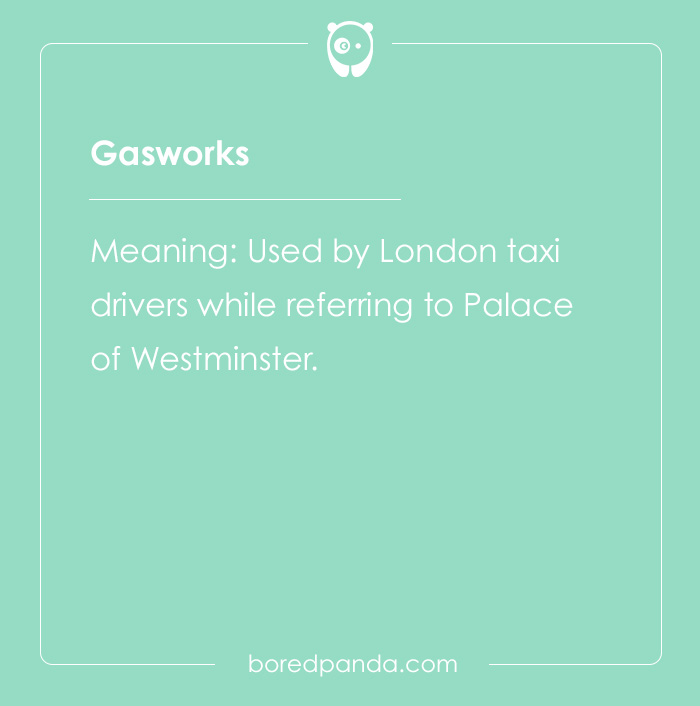 Gasworks.
Gasworks.
Used by London taxi drivers while referring to Palace of Westminster.
Gardening.
During World War 2, Royal Air Force pilots used this code word to describe mine-laying operations.
Delta, Delta, Delta.
Commonly used to alert crew of hull damage, it can also indicate a possible bio-hazard scenario.
Code Black.
In buildings covered by Australian Standard 4083, it means that there is a personal threat.
Banzai.
NATO brevity code word meaning information or a directive to execute launch and decide tactics.
Code Blue.
Hospitals often have different code words for specific scenarios, but "Code Blue" usually indicated a patient who has gone into a cardiac arrest.
Code Grey.
In hospitals and other buildings covered by Australian Standard 4083, this code word means that there is a combative person without a weapon.
Code Brown.
In hospitals under Alberta Health Services, this code means that there's a chemical spill or hazardous material.
Code White.
In hospitals under Alberta Health Services, Code White means that there is a case of violence or aggression.
Code Purple.
In hospitals under Alberta Health Services, this code word means that there is a hostage situation.
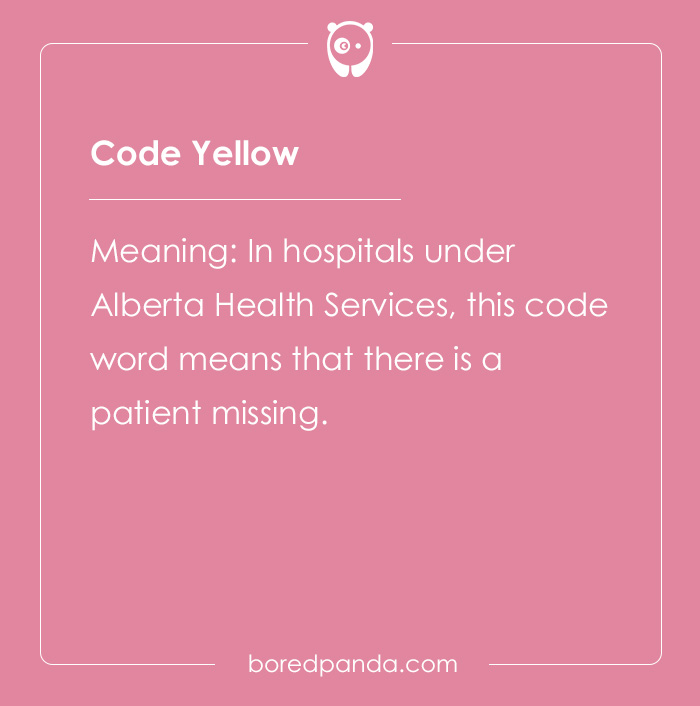 Code Yellow.
Code Yellow.
In hospitals under Alberta Health Services, this code word means that there is a patient missing.
Code Pink.
In hospitals under British Columbia Ministry of Health, this code word means that there is a pediatric emergency and/or obstetrical emergency.
Chicken Lights.
A code name used by truckers to describe additional, after-market lights on a rig or a trailer.
Deadhead.
This code applies to the cabin crew and pilots who are travelling to another destination to be repositioned but are not commuting.
Bandit.
During World War 2, Royal Air Force pilots used this code name for identified enemy aircraft.
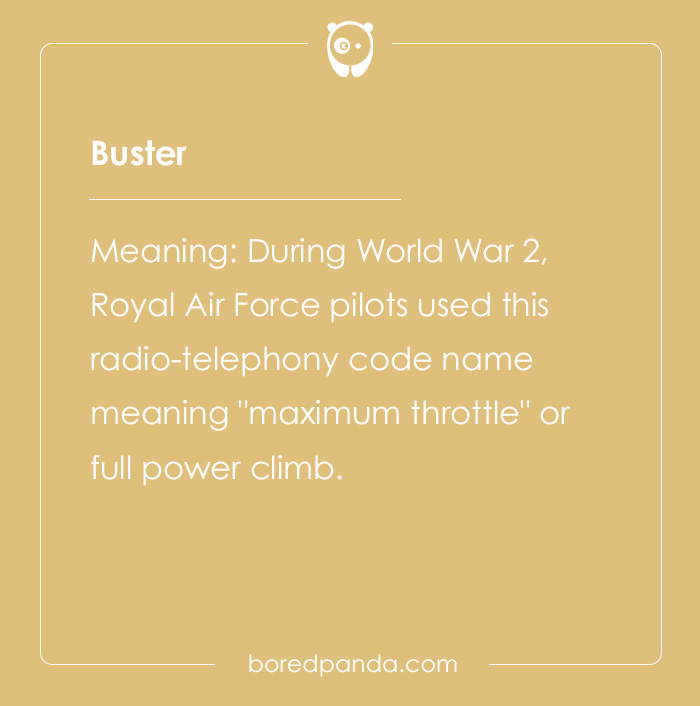 Buster.
Buster.
During World War 2, Royal Air Force pilots used this radio-telephony code name meaning "maximum throttle" or full power climb.
Scramble.
Used by Royal Air Force pilots in World War 2 to describe fast take-off and climb to intercept enemy aircraft.
Bugout.
NATO brevity code which means separation from a particular operation with no intent to re-engage.
FENCE.
NATO brevity code meaning to set cockpit switches as needed prior entering or exiting the combat area.
Echo, Echo, Echo.
It alerts the crew to get into position in case there is a possible collision with another ship or the shore, if the ship is starting to drift, and on some ships, if there is danger of high winds.
Alpha Team, Alpha Team, Alpha Team.
A code word for a fire emergency on Carnival Cruise Ships.
Operation Brightstar.
On Carnival and Disney Cruise Line vessels, it's used to designate a medical emergency.
Kilo, Kilo, Kilo.
It's a general signal on Royal Caribbean ships alerting the crew to report to emergency stations.
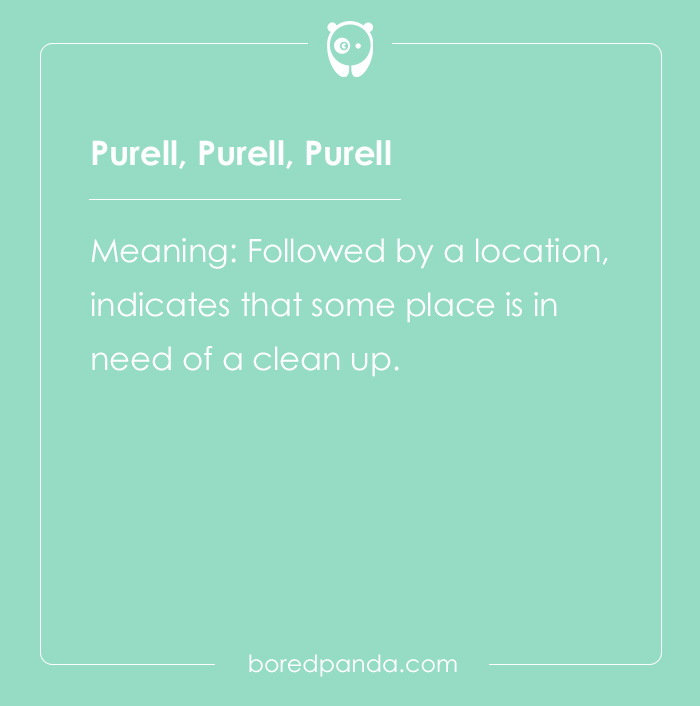 Purell, Purell, Purell.
Purell, Purell, Purell.
Followed by a location, indicates that some place is in need of a clean up.
Red Parties, Red Parties, Red Parties.
Used by Disney Cruise Line over PA system to alert the crew of a fire or a possible fire.
Code Black Alpha.
In hospitals and other buildings covered by Australian Standard 4083, it means that there is a missing or abducted infant or child.
Code Brown.
In hospitals and other buildings covered by Australian Standard 4083, Code Brown means there is an extreme emergency, like a disaster, mass causalities, etc.
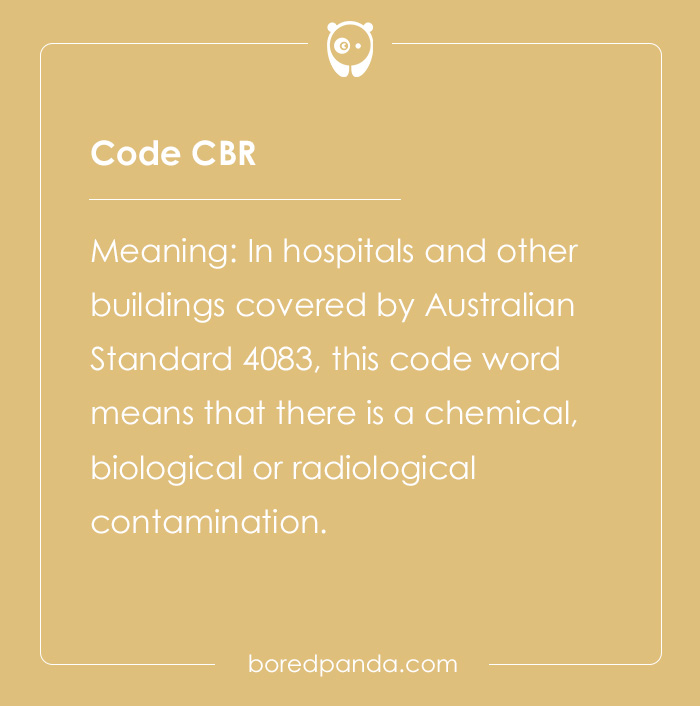 Code CBR.
Code CBR.
In hospitals and other buildings covered by Australian Standard 4083, this code word means that there is a chemical, biological or radiological contamination.
Core Purple.
In hospitals and other buildings covered by Australian Standard 4083, Code Purple means that there is a bomb threat.
Code Orange.
In hospitals and other buildings covered by Australian Standard 4083, this code word calls for evacuation.
Code Red.
In hospitals and other buildings covered by Australian Standard 4083, Code Red means that there's fire.
Code Black.
In hospitals under Alberta Health Services, Code Black means there is a bomb threat/suspicious package.
Code Grey.
In hospitals under British Columbia Ministry of Health, this code word means that there is a system failure.
Code 77.
In hospitals under British Columbia Ministry of Health, Code 77 alerts of a stroke.
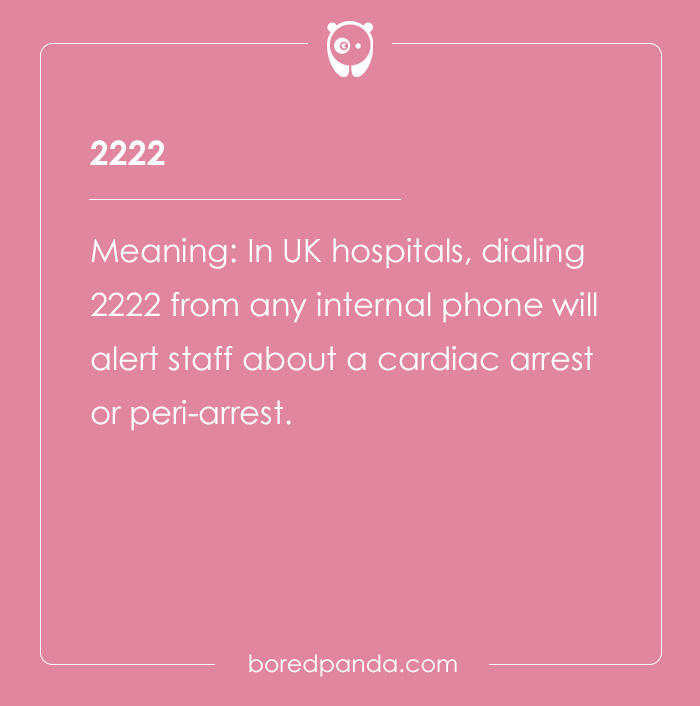 2222.
2222.
In UK hospitals, dialing 2222 from any internal phone will alert staff about a cardiac arrest or peri-arrest.
External triage.
In Hospitals in US, this code word used to alert about external disaster impacting the building, like mass casualties, severe weather, power outages, nuclear, biological and chemical incidents.
Rapid Response Team.
Code word used in US hospitals for when there is a medical team needed at patient's bedside, when the medical condition is rapidly declining.
Mr. Sands.
May be used by nightclub and bar employees to indicate that there is fire or smoke.
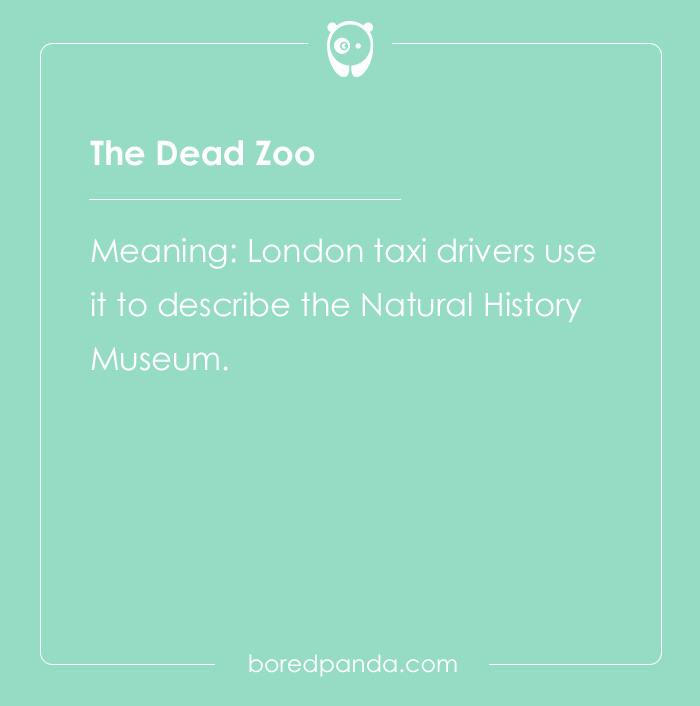 The Dead Zoo.
The Dead Zoo.
London taxi drivers use it to describe the Natural History Museum.
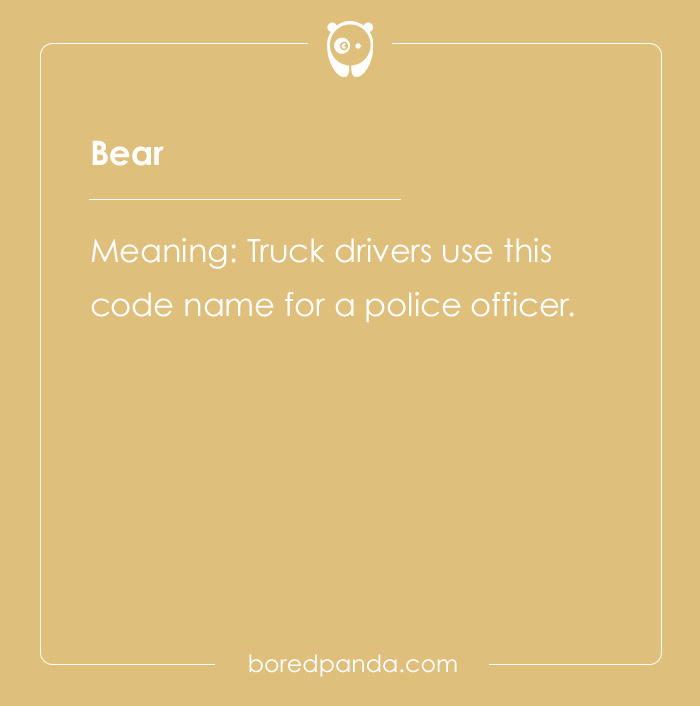 Bear.
Bear.
Truck drivers use this code name for a police officer.
Evil Knevil.
A code name used by truck drivers to describe a police officer on a motorcycle.
"Kojak with a Kodak at the... yard stick."
Truckers use this to warn other truck drivers of police operating a radar at a particular mile marker.
"Keep the rubber side down and the bugs off your glass."
when parting ways with other truckers, truck drivers wish luck this way, wishing to not flip over and to keep the windshield clean.
"Bear bait going past the 52."
Truckers describe a car going at an excessive speed in this way.
Angels.
During World War 2, Royal Air Force pilots used this code to describe height in thousands of feet.
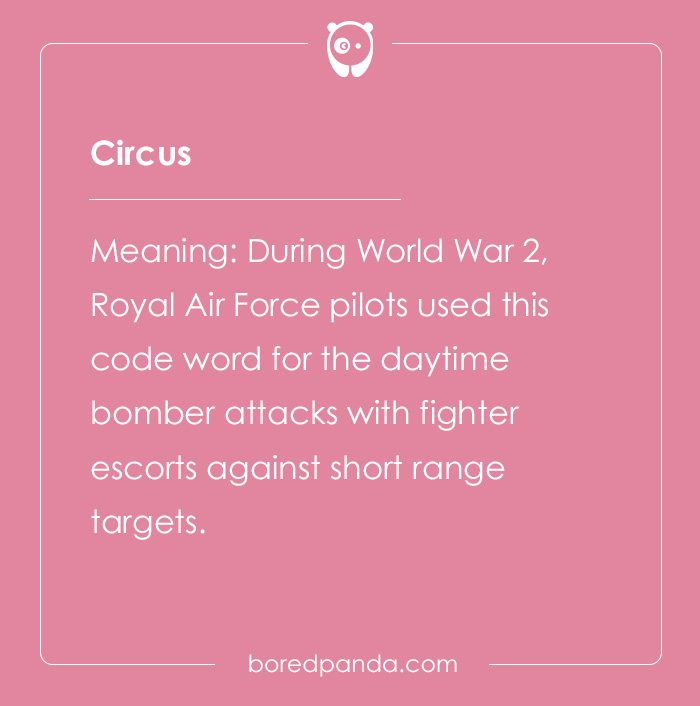 Circus.
Circus.
During World War 2, Royal Air Force pilots used this code word for the daytime bomber attacks with fighter escorts against short range targets.
Diver.
During World War 2, Royal Air Force pilots used this radio-telephony code word for a sighted V-1 flying bomb.
Flower.
During World War 2, Royal Air Force pilots used this code word to describe counter air patrols in the enemy area airfields, to prevent enemy aircraft from lifting off and attacking those who succeeded.
Jim Crow.
During World War 2, Royal Air Force pilots described coastal patrols to intercept unfriendly aircraft crossing the British coastline as "JIm Crow".
Mandolin.
Used by Royal Air Force pilots in World War 2 to describe attacks on enemy railway transport and other ground targets.
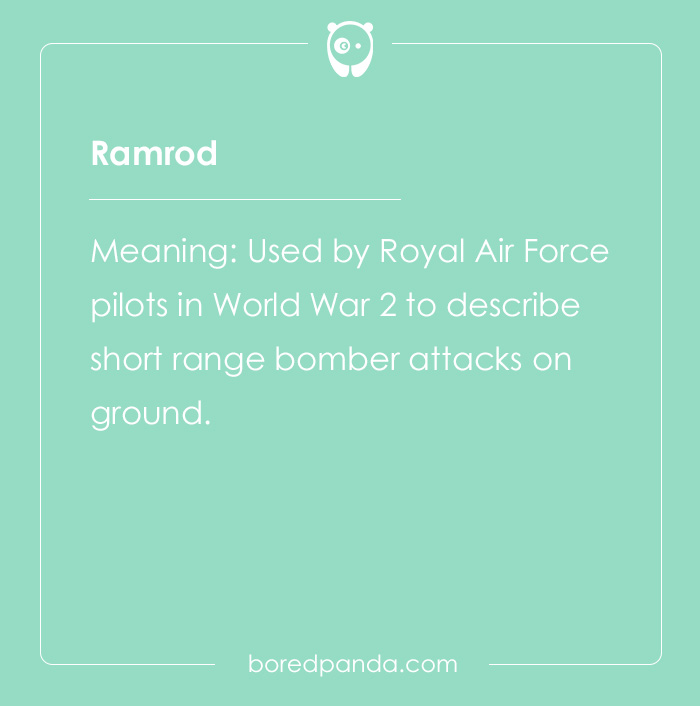 Ramrod.
Ramrod.
Used by Royal Air Force pilots in World War 2 to describe short range bomber attacks on ground.
Rhubarb.
Used by Royal Air Force pilots in World War 2 to describe fighter sections, low cloud and poor visibility, crossing the English Channel.
Alpha Check.
A brevity code requesting or confirming of bearing and range to described point.
"As fragged."
Brevity NATO code for meaning that the unit or element will be performing exactly as ordered by the air tasking order (ATO).
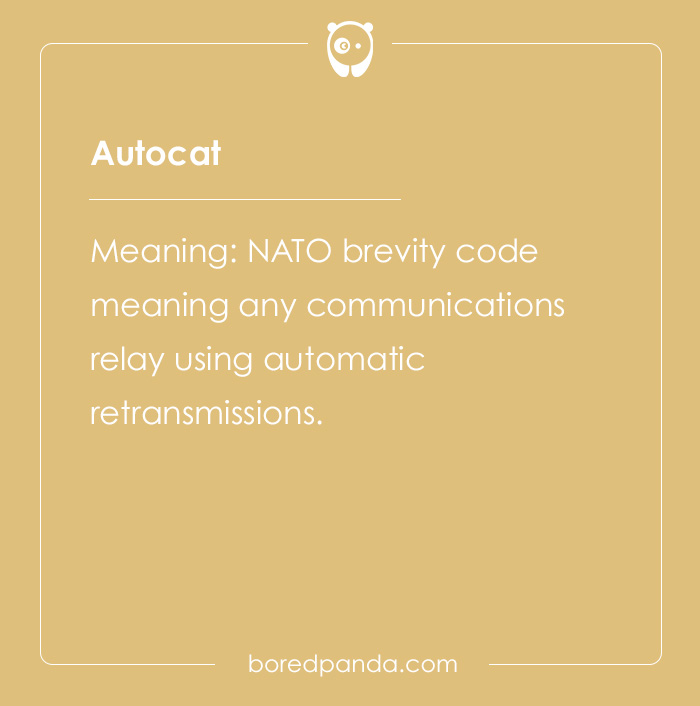 Autocat.
Autocat.
NATO brevity code meaning any communications relay using automatic retransmissions.
Bead Window.
NATO brevity code word meaning the last transmission that potentially disclosed unauthorized information.
Bird negat.
NATO brevity code words indicating that the unit is unable to engage a specified target with surface-to-air missiles (SAM).
"BRAA".
NATO brevity code word, which is a tactical control format, providing target bearing, range, altitude and aspect, relative to the friendly aircraft or bullseye.
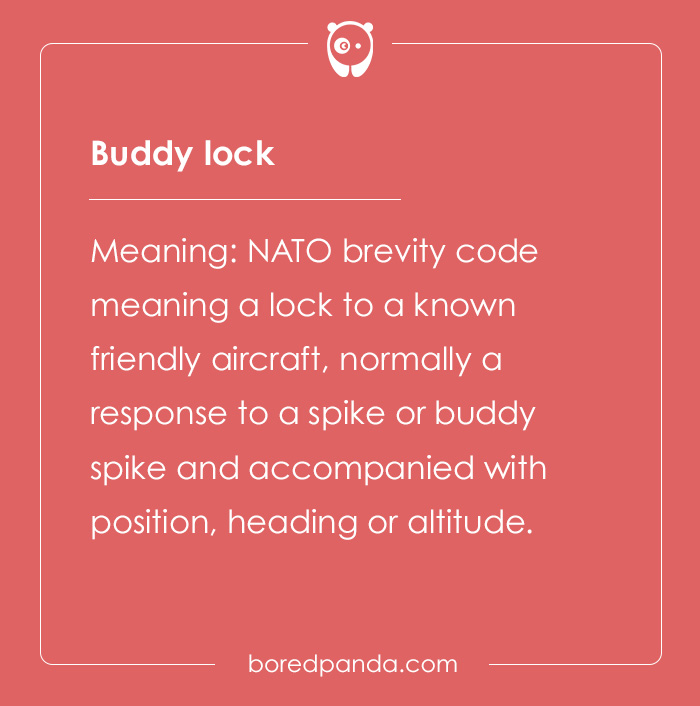 Buddy lock.
Buddy lock.
NATO brevity code meaning a lock to a known friendly aircraft, normally a response to a spike or buddy spike and accompanied with position, heading or altitude.
Chattermark.
NATO brevity code calling to begin using briefed radio procedures to counter communications jamming.
Datum.
NATO brevity code word for the last known position of a submarine after contact was lost.
Mr. Skylight.
Paged over the PA system, it alerts the crew that there is a minor emergency somewhere.
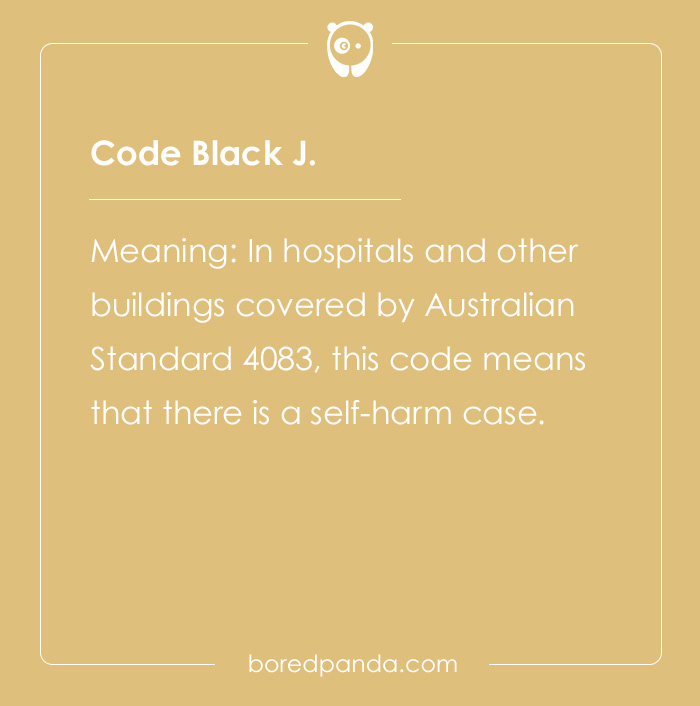 Code Black J.
Code Black J.
In hospitals and other buildings covered by Australian Standard 4083, this code means that there is a self-harm case.
Code Blue.
In hospitals and other buildings covered by Australian Standard 4083, it means that there is a medical emergency.
Code Yellow.
In hospitals and other buildings covered by Australian Standard 4083, it means that there is an internal emergency.
Code Grey.
In hospitals under Alberta Health Services, Code Grey means there is shelter in place/air exclusion.
Code Orange.
In hospitals under Alberta Health Services, it means that there is a mass casualty incident.
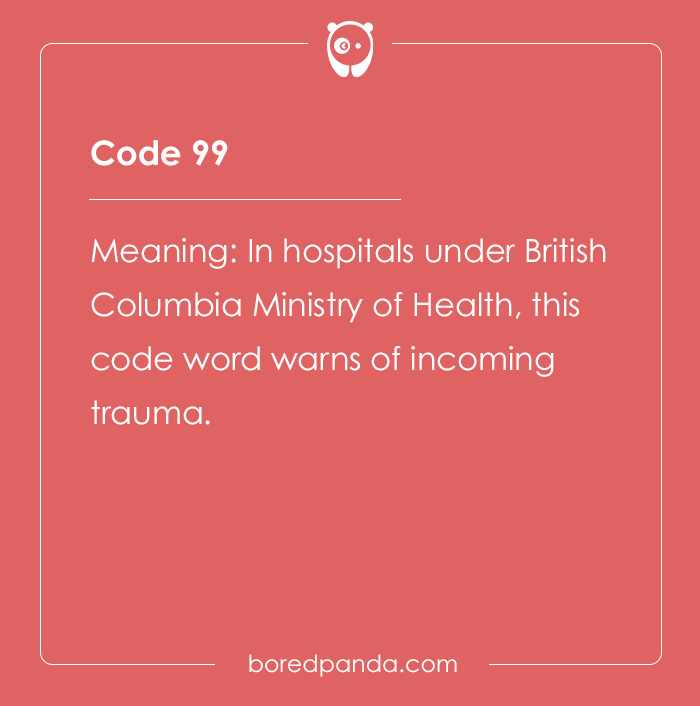 Code 99.
Code 99.
In hospitals under British Columbia Ministry of Health, this code word warns of incoming trauma.
Internal triage.
In hospitals in US, it is used to alert about an internal emergency, like bomb or bomb threat, computer network down, major plumbing problems and power or telephone outages.
Mr. Johnson is in theater number three.
It may be used by movie theater employees to alert about a fire or a smoke in that theater.
Den of Thieves or Fagin's Kitchen.
London taxi drivers use these code names for the London Stock Exchange.
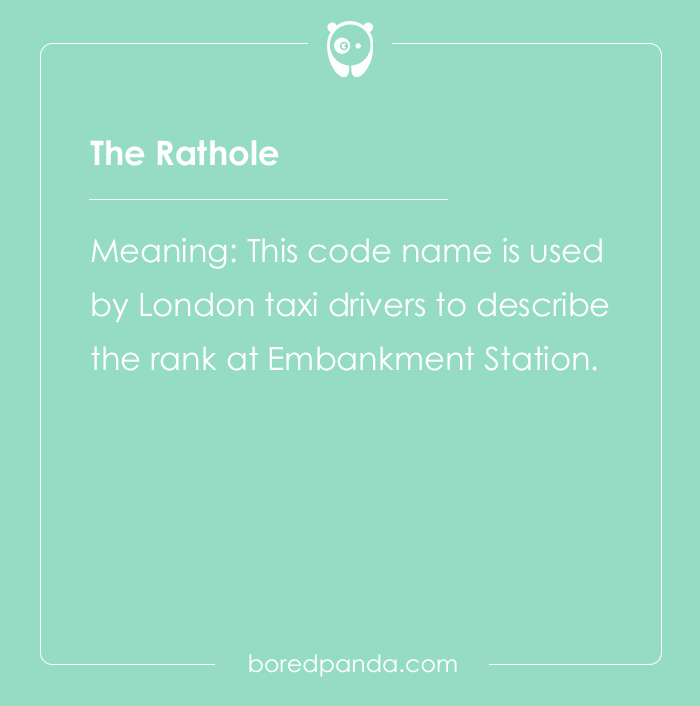 The Rathole.
The Rathole.
This code name is used by London taxi drivers to describe the rank at Embankment Station.
The Resistance.
Code name given by London taxi drivers to Harley Street.
Harley Street is known for an abundance of private doctors, who resisted the creation of the NHS.
Back Door.
Truckers use this to describe someone who is behind another trucker's truck, like a police officer.
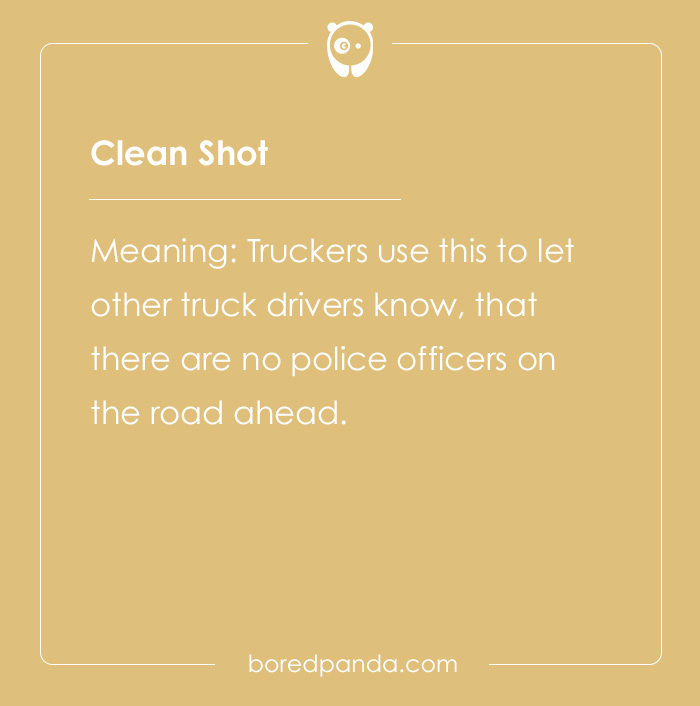 Clean Shot.
Clean Shot.
Truckers use this to let other truck drivers know, that there are no police officers on the road ahead.
Four-Wheeler.
Truck drivers use this to describe regular, four-wheeled cars and other vehicles.
"Westbound, you're good to bring it on back to the Granny lane."
Means a trucker in front can pull back to the slow lane in front of another trucker.
Old Double Nickel.
Truckers call the Highway 55 this way.
"Doors to arrival and crosscheck."
Said by the senior flight attendant, it means that the plane is approaching the gate.
That describes the work to do: Flights attendants disengage the automatic inflatable emergency slides on doors and go to check that another crew member had done it on their assigned station.
Ground Stop.
This code word describes the moment when the destinations are reduced by the air traffic control.
Bogey.
During World War 2, Royal Air Force pilots used this code word for unidentified and possibly unfriendly aircraft.
 Channel Stop.
Channel Stop.
During World War 2, Royal Air Force pilots called this the air operations intended to stop the enemy ship passing through the Strait of Dover.
Instep.
During World War 2, Royal Air Force pilots used this code word to describe missions to restrict attacks on Coastal Command aircraft by routinely maintaining a presence over Western Approaches.
Intruder.
During World War 2, Royal Air Force pilots used code word "Intruder" to describe offensive patrols to destroy enemy aircraft over friendly territory.
Kipper.
Used by Royal Air Force pilots in World War 2 to describe patrols to protect fishing boats in the North Sea.
Mahmoud.
Used by Royal Air Force pilots in World War 2 to describe sorties flown by de Havilland Mosquitos with rear-facing radar.
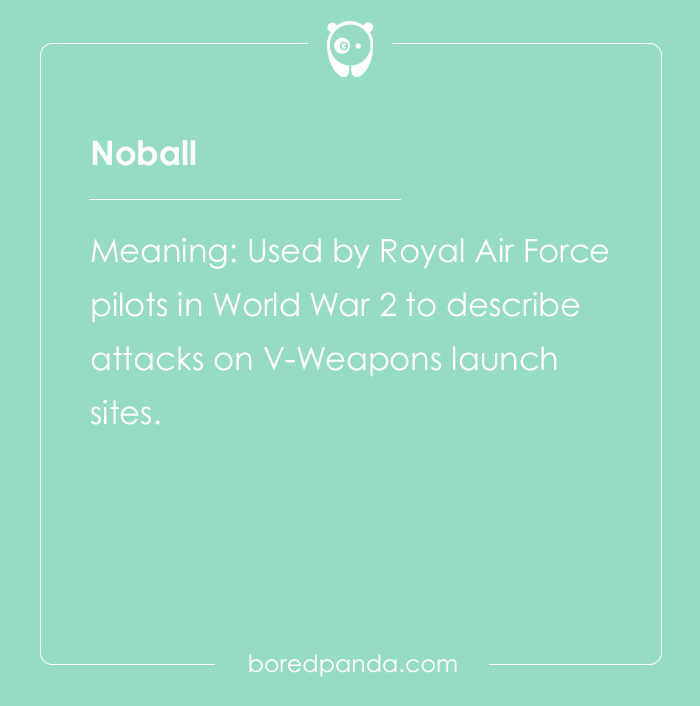 Noball.
Noball.
Used by Royal Air Force pilots in World War 2 to describe attacks on V-Weapons launch sites.
Ranger.
Used by Royal Air Force pilots in World War 2 to describe freelance flights over enemy territory.
Roadstead.
Used by Royal Air Force pilots in World War 2 to describe dive bombing and low-level attacks on enemy ships at sea or at a harbor.
Rodeo.
Used by Royal Air Force pilots in World War 2 to describe fighter sweeps over enemy controlled area.
Rover.
Used by Royal Air Force pilots in World War 2 to describe armed reconnaissance flights.
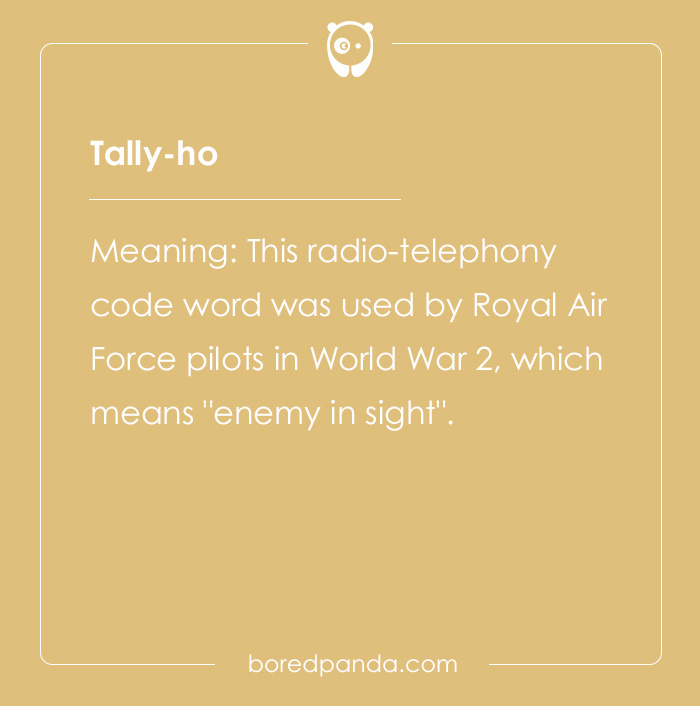 Tally-ho.
Tally-ho.
This radio-telephony code word was used by Royal Air Force pilots in World War 2, which means "enemy in sight".
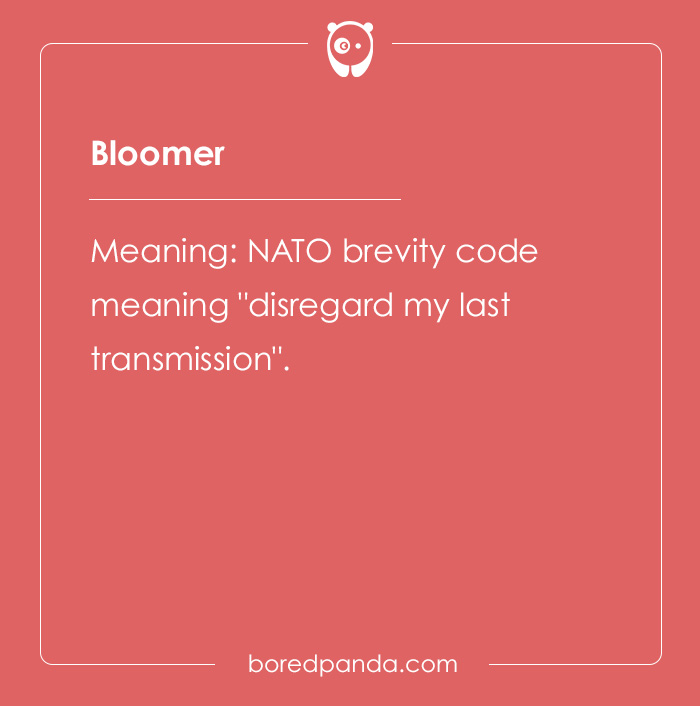 "Bloomer".
"Bloomer".
NATO brevity code meaning "disregard my last transmission".
Buddy spike.
NATO brevity code meaning a friendly aircraft air-to-air indication on radar warning receiver (RWR).
Candygram.
NATO brevity informative call to an aircraft, informing that the electronic warfare (EW) targeting information is available on a briefed secure net.
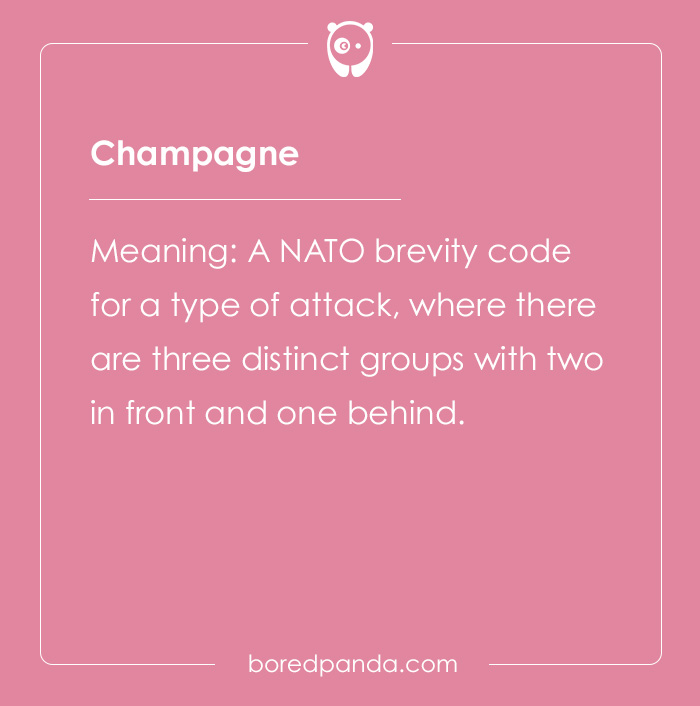 Champagne.
Champagne.
A NATO brevity code for a type of attack, where there are three distinct groups with two in front and one behind.
Cloak.
NATO brevity informative or directive call to switch from normal exterior lights to covert night vision device (NVD) only lighting.
Deadstick.
NATO brevity call meaning that there is no propulsive power due to the loss of one or multiple engines.
De-louse.
NATO brevity code for a directive to detect and identify an unknown aircraft trailing a friendly aircraft.
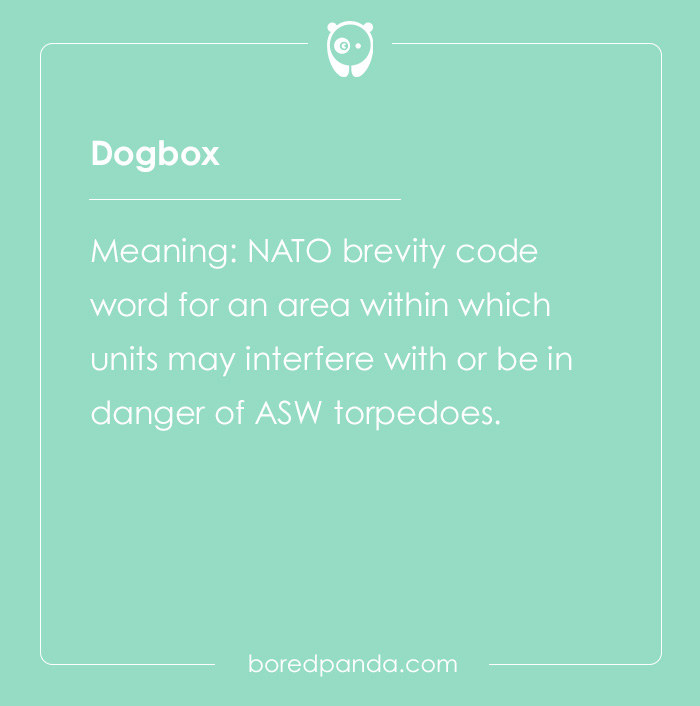 Dogbox.
Dogbox.
NATO brevity code word for an area within which units may interfere with or be in danger of ASW torpedoes.
Echelon.
NATO brevity code for a formation with a wingman placed around 45 degrees behind leader's 3/9 (o'clock) line.
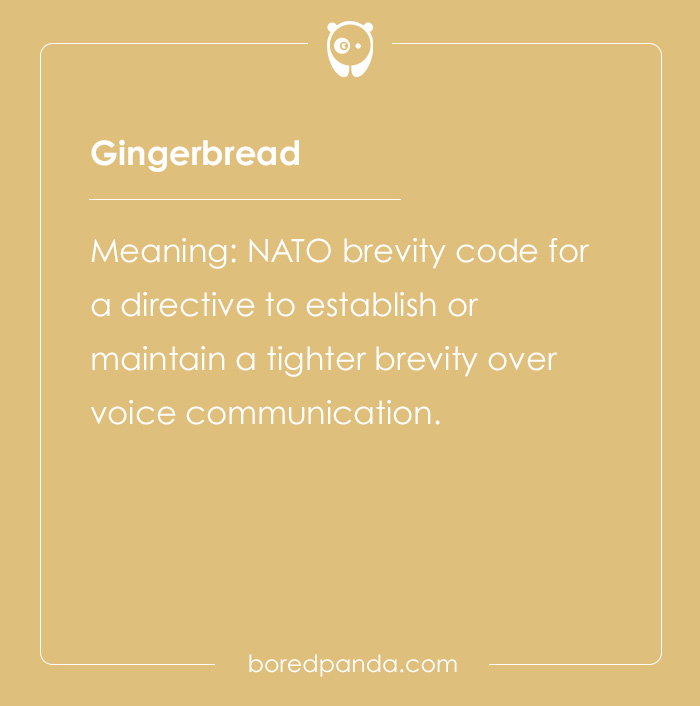 Gingerbread.
Gingerbread.
NATO brevity code for a directive to establish or maintain a tighter brevity over voice communication.
Code Black Beta.
In hospitals and other buildings covered by Australian Standard 4083, it means that there is an active shooter.
Code Amber:
In hospitals under British Columbia Ministry of Health, Code Amber means that there is a missing or abducted child.
Chicken Truck.
Truckers use this code name to describe a heavily modified truck, with a lot of additional lights and accessories.
Diesel Bear.
A code name used by truckers to describe a Department of Transportation officer.
Last minute paperwork.
It means the flight crew is waiting for the maintenance staff to finish everything in the flight's log book.
EFC Time.
The point at which the flight crew can expect to be set free from a holding pattern or from a ground stop.

 Dark Mode
Dark Mode 

 No fees, cancel anytime
No fees, cancel anytime 





